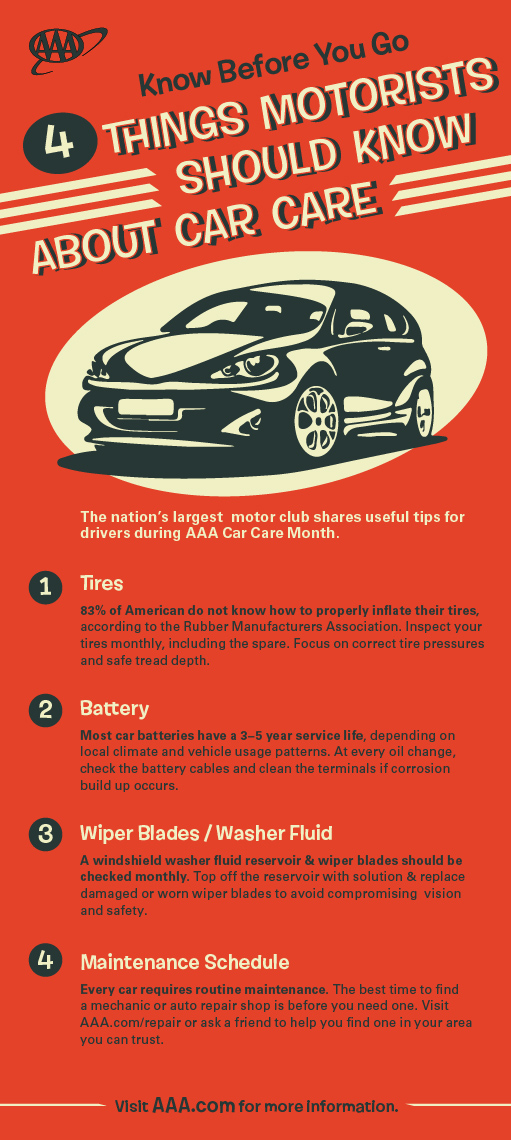Assessing Your Automobile'S Warning Indicators: What They Actually Communicate
Assessing Your Automobile'S Warning Indicators: What They Actually Communicate
Blog Article
please click the up coming document -Vinson Forbes
When you're behind the wheel, those glowing warning lights on your control panel can be a little bit complicated. Do https://brake-pads51728.blogacep.com/37320764/eco-friendly-automobile-outlining-products-you-should-try recognize what they're attempting to tell you regarding your auto's health and wellness? Recognizing the importance of these lights is important for your safety and security and the durability of your vehicle. So, the next time one of those lights pops up, would not you intend to decipher its message accurately and take the necessary actions to resolve it?
Common Caution Lights and Interpretations
Determine usual caution lights in your automobile and recognize their significances to make certain secure driving.
The most regular caution lights consist of the check engine light, which signals issues with the engine or discharges system. If this light comes on, it's critical to have your vehicle examined quickly.
The oil stress alerting light indicates low oil pressure, calling for prompt interest to stop engine damage.
A blinking battery light might suggest a faulty charging system, possibly leaving you stranded if not dealt with.
The tire pressure tracking system (TPMS) light alerts you to reduced tire pressure, affecting vehicle security and fuel effectiveness. Disregarding this might cause risky driving problems.
The abdominal muscle light indicates a trouble with the anti-lock braking system, compromising your capability to stop swiftly in emergency situations.
Last but not least, the coolant temperature level cautioning light warns of engine getting too hot, which can result in severe damages if not fixed quickly.
Understanding these typical warning lights will certainly aid you deal with problems promptly and preserve secure driving problems.
Relevance of Prompt Attention
Comprehending the typical caution lights in your car is just the first step; the significance of immediately dealing with these warnings can't be highlighted sufficient to ensure your safety and security when driving.
When a caution light illuminates on your dashboard, it's your car's means of communicating a potential problem that requires attention. Overlooking these warnings can bring about a lot more severe problems in the future, compromising your safety and potentially costing you a lot more in repairs.
Prompt interest to advising lights can stop malfunctions and mishaps. As an example, a flashing check engine light might suggest a misfire that, if left unattended, can trigger damage to the catalytic converter. Resolving this immediately can conserve you from an expensive repair service.
Similarly, a brake system warning light could signify low brake liquid or used brake pads, important elements for your safety when driving.
Do It Yourself Troubleshooting Tips
If you discover a caution light on your control panel, there are a few DIY troubleshooting pointers you can attempt prior to seeking professional assistance.
The initial step is to consult your car's handbook to comprehend what the certain warning light suggests. Often the issue can be as straightforward as a loose gas cap setting off the check engine light. Tightening up the gas cap may deal with the issue.
Another common problem is a low battery, which can trigger numerous cautioning lights. Examining the battery connections for rust and ensuring they're secure could deal with the trouble.
If a caution light lingers, you can try resetting it by disconnecting the auto's battery for a few minutes and then reconnecting it. Additionally, checking your car's liquid degrees, such as oil, coolant, and brake liquid, can assist repair alerting lights connected to these systems.
Verdict
To conclude, recognizing your automobile's caution lights is important for keeping your automobile running efficiently and securely. By immediately addressing these notifies and understanding what they suggest, you can avoid costly repair work and potential malfunctions.
Remember to consult your automobile's manual for certain information on each warning light and do something about it appropriately to make certain a trouble-free driving experience.
Stay informed, remain risk-free when driving!
